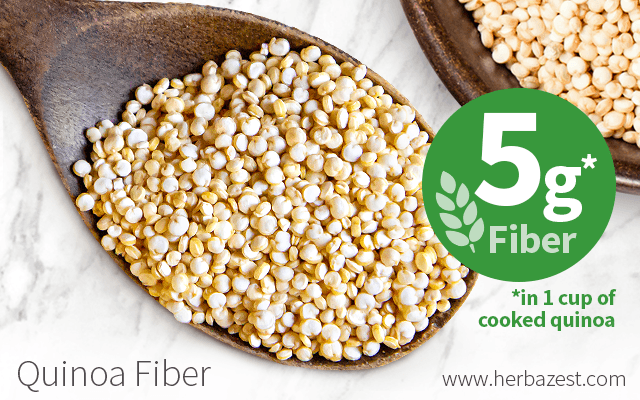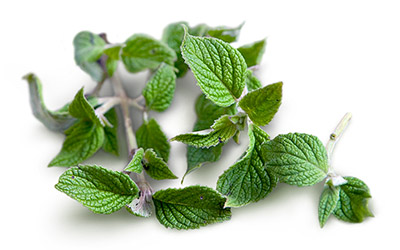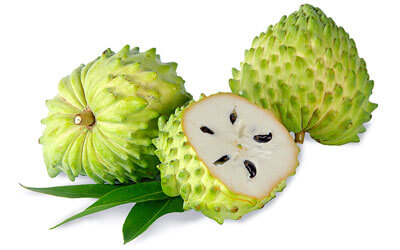Are you getting enough fiber in your diet? While many foods contain dietary fiber, it is worth knowing which ones are the best fiber sources to keep your diet varied and nutritious. Known for its complete protein content, quinoa is also a very good source of fiber. Considering the versatility of this pseudo-grain, quinoa's fiber content is easy to incorporate into any diet.
What Is Fiber?
Fiber is the part of food that the body is unable to break down and absorb. In that way, fiber is not digested by the body, but rather passes through relatively intact. There are two types of fiber:
Soluble fiber. This type of fiber dissolves when combined with water and turns into a gel-like substance. Commonly found in oats, peas, citrus fruits, carrots, and some grains, soluble fiber is important for regulating blood cholesterol and glucose levels.
Insoluble fiber. Insoluble fiber does not dissolve in water, but rather promotes the movement of waste through the body. As such, insoluble fiber is important for people who experience constipation or irregular bowel movements. This type of fiber is found abundantly in whole-wheat flour, green beans, and potatoes.
How Much Fiber Does Quinoa Have?
Quinoa is a very good source of dietary fiber. In fact, there are five grams of fiber in one cup of cooked quinoa.2 Approximately 78% of quinoa's fiber is insoluble, while approximately 22% is soluble.3
A 2011 study published in Ciência e Tecnologia de Alimentos evaluated the dietary fiber content of four varieties of quinoa and how the fiber content is affected by extrusion cooking - a process used to produce boxed cereals.4 The results of the study showed that in all of the quinoa varieties examined, the total insoluble fiber decreased during extrusion, while the soluble fiber increased. Furthermore, the phenolic compounds in quinoa were observed to increase in each strain as a result of the extrusion. Overall, this research shows that quinoa is a great source of dietary fiber and polyphenols, and that extrusion improves its nutritional value.
QUINOA IS OFTEN BLENDED WITH CORN IN ORDER TO INCREASE PROTEIN AND FIBER CONTENT IN BOXED CEREALS.
While quinoa's fiber content is good, it is not impressively high when compared to other food sources. For example, raw black beans contain 15.5 grams of fiber per 100 grams. Furthermore, because the grain-refining process removes the outer coat from the grain, processed grains are not a very good source of fiber. However, whole grains are known for being fiber-rich foods. For example, rye contains 15.1 grams of fiber per 100 grams and wheat contains 13.1 grams of fiber per 100 grams.
Consuming fiber is key to maintaining smooth digestion and regulating blood cholesterol and glucose levels. For that reason, it is important to ensure that you are getting enough fiber in your diet every day. Besides the many nutritional advantages of this Andean seed, the high fiber content in quinoa makes it an excellent addition to a well-balanced diet.
Sources
- Food Science and Technology, Quinoa (Chenopodium quinoa, Willd.) as a source of dietary fiber and other functional components, 2011
- Journal of Food Processing and Preservation, Extruded Corn Grits-Quinoa Blends, 1991
- Journal of Nutrition and Food Sciences, Quinoa (Chenopodium quinoa Willd), from Nutritional Value to Potential Health Benefits: An Integrative Review, 2016
- FAOSTAT, International Year of Quinoa 2013, Nutritional Value
- USDA Nutrient Database, Quinoa, uncooked | Wheat flour, whole-grain, soft wheat | Rye grain | Beans, black, mature seeds, raw
- Mayo Clinic, Dietary fiber: Essential for a healthy diet | Fiber: Daily recommendations for adults
Footnotes:
- Food Insight. (2019). Fiber Fact Sheet. Retrieved September 16, 2021 from https://foodinsight.org/fiber-fact-sheet/
- Harvard T.H Chan. (n.d.). Quinoa. Retrieved September 16, 2021 from https://www.hsph.harvard.edu/nutritionsource/food-features/quinoa/
- Food Chemistry. (2015). Quinoa (Chenopodium quinoa W.) and amaranth (Amaranthus caudatus L.) provide dietary fibres high in pectic substances and xyloglucans. Retrieved September 16, 2021 from https://pubmed.ncbi.nlm.nih.gov/25149016/
- Ciência e Tecnologia de Alimentos. (2011). Quinoa (Chenopodium quinoa, Willd.) as a source of dietary fiber and other functional components. Retrieved September 16, 2021 from https://www.scielo.br/j/cta/a/64zr4jJ7KCB8kZgZyQ3Hs6Q/?format=pdf&lang=en




